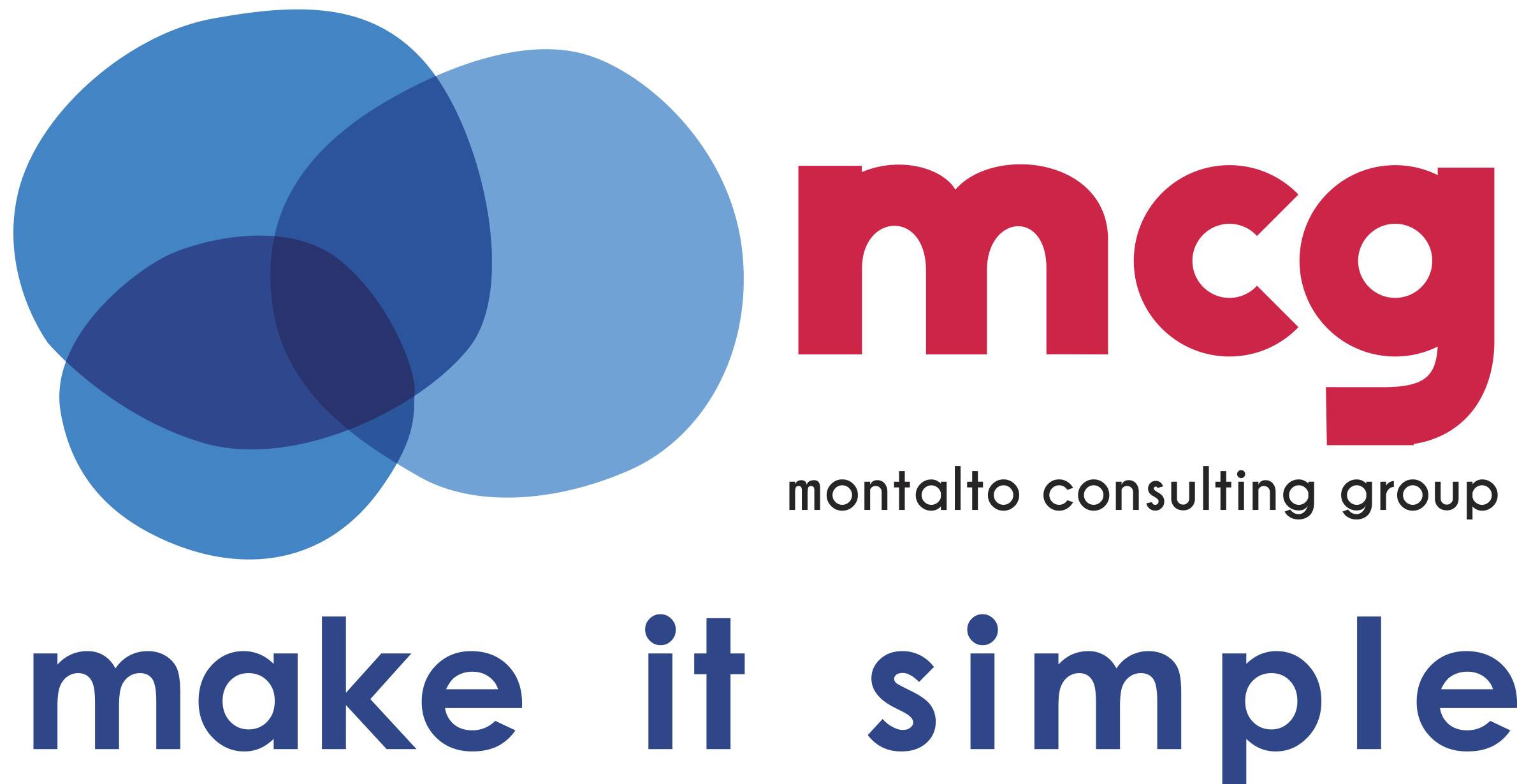Company: Printing and Graphic Arts Sector
Project goal
Implement a more dynamic project management system, which allows an optimal integration of the Design, Product, Process Engineer to the Production System, that ensures compliance with the overall quality, efficiency and delivery taking into account the DNA of the company, with an overall deployment in the definition, launch and implementation of the system.
Implement APQP (Advanced Product Quality Planning) methodology.
Phases of the Project
- Diagnosis of the global quality system supported by the ASES methodology
- Internal Diagnostics focused on the production area
- Lean awareness
- Deploying Lean tools with system vision
- Monitoring and implementation of actions
Benefits obtained
- Restructuring the production management cycle and cross-sectional areas with a focus on root cause elimination
- Implementation of key indicators in areas
- Redefining the structure of a key department
- Restructuring the Workflow for the Business-Design-Planning-Programming process.
- Standardization of the programming process
- Improved layout to reorder the dispatch area.
- Review of quality objectives and connection with the AMEF.
- Develop AMEF and Control Plan
- Process of increasing productivity and workflow in a business unit.
- Restructuring the Change Control system.
- Definition and implementation of the order and toilet from 5’s audit and follow-up plan.
Value contributed by Montalto Consulting Group
- Experience in conducting industrial diagnostics
- Transfer of know-how to the customer
- Theoretical and field training










